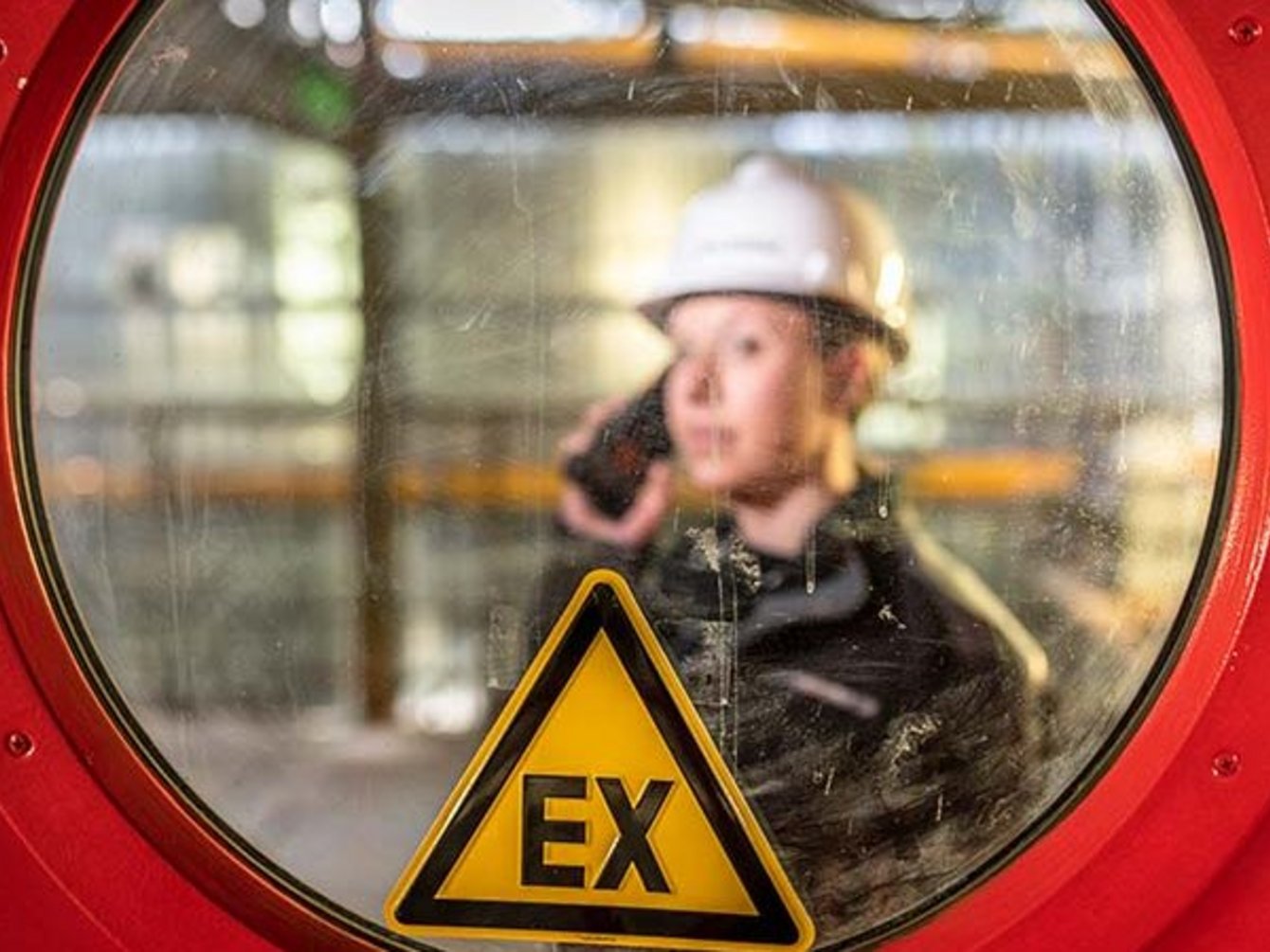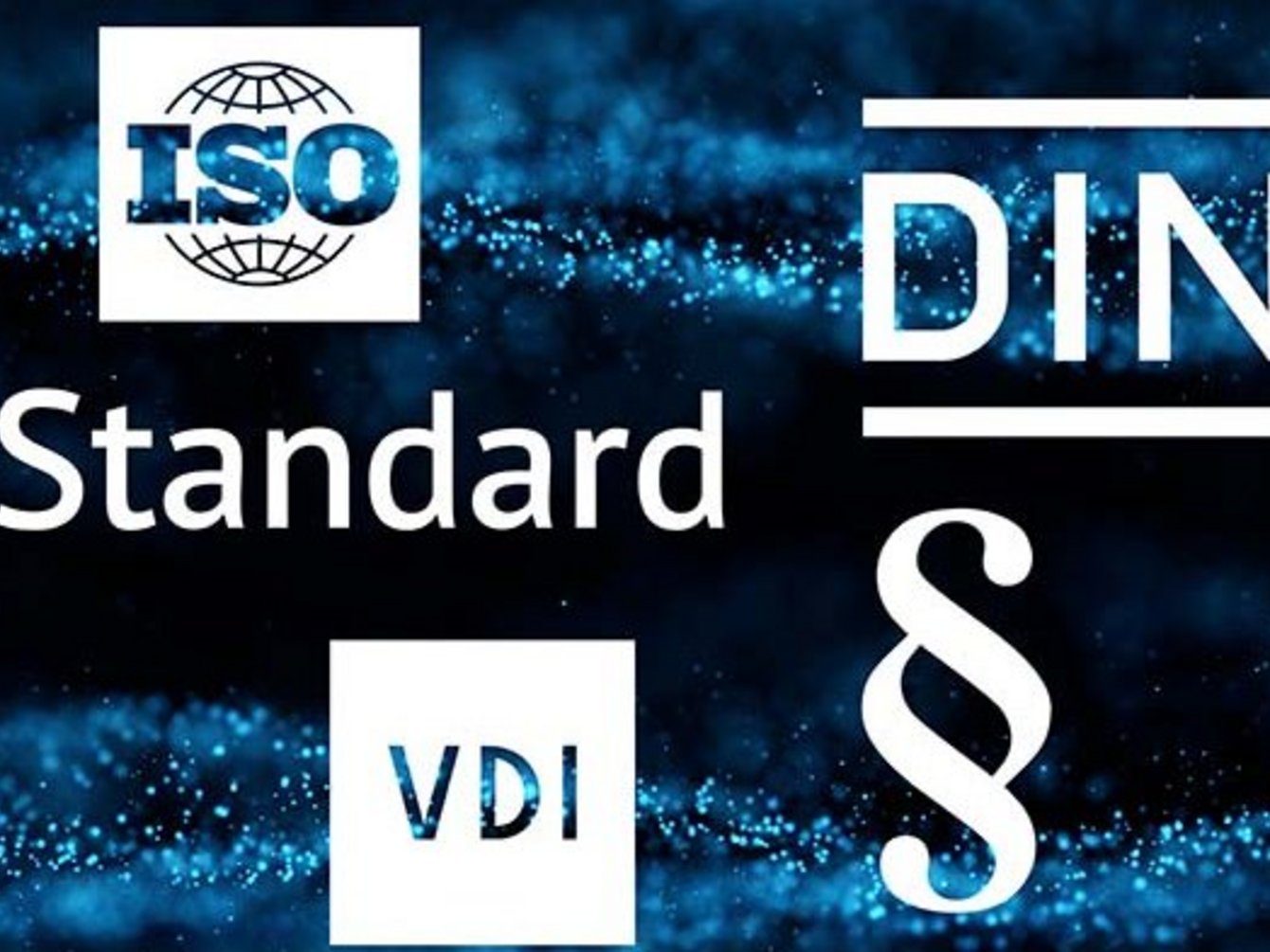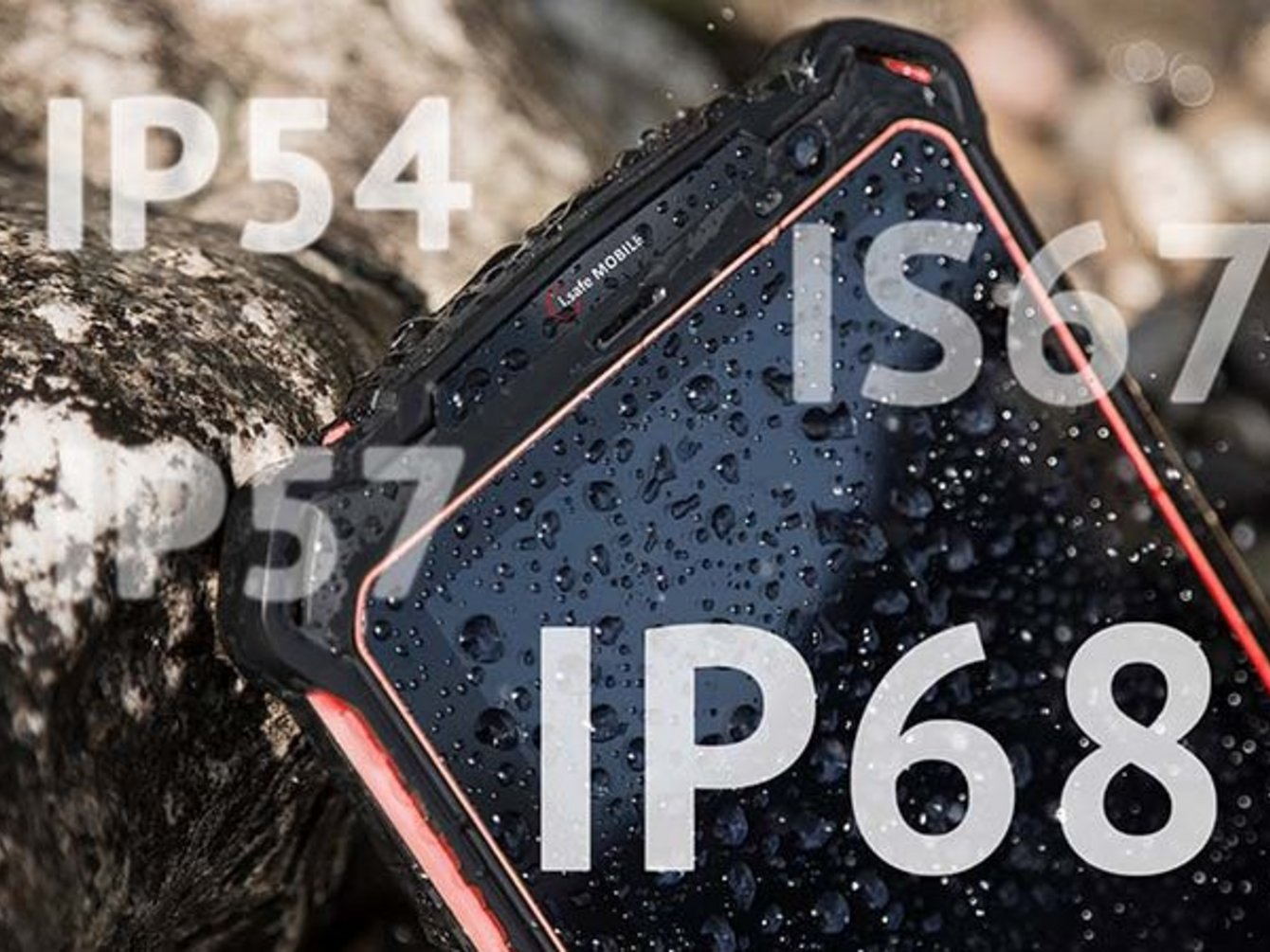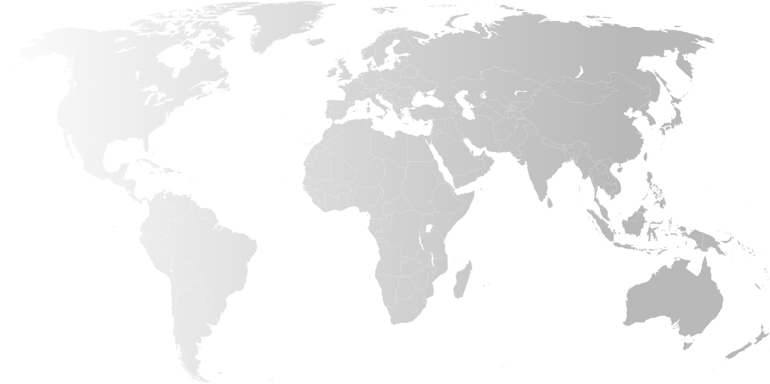ATEX (Europe)
The term ATEX comes from the French abbreviation for ATmosphère EXplosive. ATEX is also the abbreviation for the European Directive 2014/34/EU on the placing of explosion-proof electrical and mechanical devices, components and protective systems on the market. The ATEX guidelines are drawn up by the General Directorate for Enterprise and Industry of the European Commission in cooperation with the EU Member States, representatives of European industry, European standardization bodies (CEN, CENELEC) and so-called notified bodies.
IECEx (International)
The IECEx international process (International Electrical Commission System for Certification to Standards Relating to Equipment for use in Explosive Atmosphere) under the aegis of the IEC (International Electrotechnical Commission) certifies electrical devices for use in hazardous areas (Ex devices) with the aim of establishing uniform standards. The hazardous areas in which gas or dust atmospheres can occur are divided into different classes. The aim of the IECEx scheme is to ensure recognition of the same standards, test methods and symbols for Ex devices worldwide.
INMETRO (Brazil)
The certification of devices for the Brazilian market is usually referred to as "INMETRO certification". Brazil's INMETRO (Institute of Metrology, Standardization and Industrial Quality) is the government agency responsible in Brazil for setting safety and quality standards for electrical and electronic products. INMETRO leads the activities of the accreditation, acceptance, testing and certification authorities in Brazil.
KCs/KOSHA (South Korea)
Based on the Industrial Health and Safety Act, the Korean occupational health and safety authority KOSHA (Korea Occupational Safety and Health Agency) requires KCs Ex certification of explosion-proof electrical components. KOSHA participates in the IECEx system and has been a recognized certification body (ExCB) and a recognized test laboratory (ExTL) since 2000.
There are a total of three authorities that can issue KCs certificates for Ex components. In addition to obtaining Ex certification from KOSHA, it is also possible to apply for KGS certification for explosion protection from the Korea Gas Safety Corporation. In addition, the KCs Ex certification can also be obtained via the KTL.
UKCA/UKEx (United Kingdom)
From January 1, 2022, UKCA will only accept "EX" certificates in Great Britain for products that previously required ATEX certification by a notified body. The UKCA (UK Conformity Assessed) mark is the new mark for products in the UK. The UKCA label can be seen as a counterpart to the CE mark. Both the UKCA mark and the CE mark are founded on the basic concept of product safety and are based on certain regulations and standards.
ANZEx (Australia/New Zealand)
As one of the founding members of the IECEx scheme, Australia recognizes IECEx Group II (non-mining) Certificate of Conformity. No further local Ex approval is required in this case.
For the mining industry, group I, approval according to ANZEx or IECEx must be granted by a local certification body such as Simtars.
The ANZEx certification is very similar to the international IECEx scheme.
NEC500/505 (Northern America)
Northern America uses a different classification system based on the NEC (National Electrical Code) 500 and NEC 505 standards, in which flammable substances are divided into three classes (Class I to Class III). Class I explosive gases, vapors and mists are divided into gas groups (groups) A, B, C and D, and class II combustible dusts into groups E, F and G.
Depending on the frequency or duration of the occurrence of these substances, the potentially explosive areas are split into so-called divisions. Division 1 corresponds to zones 0 and 1 and division 2 to zone 2. In addition to the classification of explosive areas, the construction of the equipment and the installation of the electrical systems also differ.
In Northern America, the suitability of the devices for the respective hazardous area must be checked by a state-recognized test laboratory such as UL, FM Global, CSA Group or Intertek (ETL).
EAC Ex (Russia)
The EAC certification for potentially explosive equipment is conducted in accordance with the regulations and requirements of the Technical Regulations of the Customs Union TR CU 012/2011. The marking is carried out according to the GOST standards. The electrical devices are marked in accordance with GOST 31610.0-2014 "Explosive atmosphere. Part 0. Equipment General requirements” and GOST 60079. These GOST standards have been harmonized with the international standard IEC 60079-0.
The EAC EX certificate is an official confirmation that the device meets the technical requirements for explosion-proof equipment in Russia and the Eurasian Economic Union of Belarus, Kazakhstan, Armenia and Kyrgyzstan.



